50 Retro Images Reveal What Holidays Looked Like In The 1900s
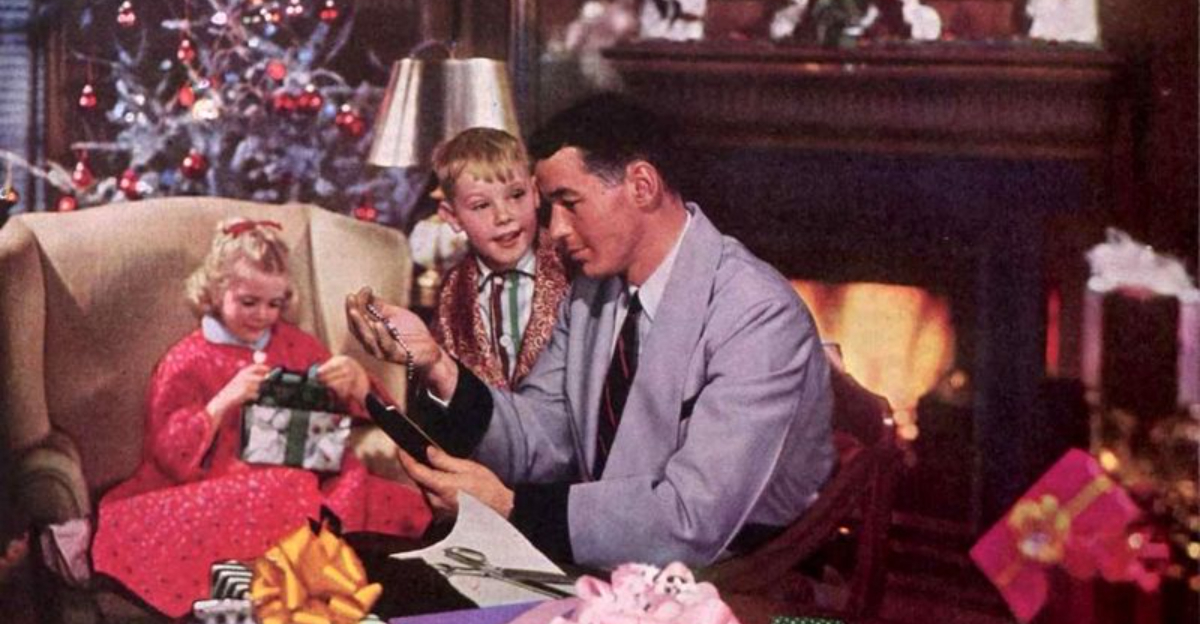
Step into a time machine as we explore the nostalgic charm of holiday celebrations in the 1900s. This magical era comes alive with scenes of bustling city streets lined with festive decorations and horse-drawn carriages, blending the excitement of urban life with the warmth of community gatherings.
In the countryside, families would enjoy tranquil picnics, seasonal fairs, and simple yet heartfelt traditions passed down through generations. The sights, sounds, and aromas of these celebrations—crackling fires, home-cooked meals, and cheerful music—paint a vivid picture of a slower, more intimate way of life.
Each photograph or artifact we encounter tells a story, offering a unique glimpse into the customs and values that shaped these early 20th-century holidays. More than just a trip through time, this journey reminds us of the timeless joy found in togetherness.
So put on your retro glasses as we embark on a visual adventure into the heart of holiday history.
1. A Snowy City Christmas

Imagine a bustling city in the 1900s, where horse-drawn carriages trudged through snow-laden streets, and children peered eagerly into shop windows decked out with festive displays. Christmas in the city was a spectacle, with street vendors selling roasted chestnuts and the aroma of pine wafting through the air.
Families would gather around grand Christmas trees adorned with real candles and homemade ornaments, creating a warm glow in the frosty night. Carolers could be heard serenading passersby with timeless classics, adding a melodic joy to the atmosphere.
It was a time when community spirit shone brightly, and holiday traditions were cherished. Young and old alike found joy in the simple pleasures of the season, making it a truly magical time.
2. Victorian Beach Outing
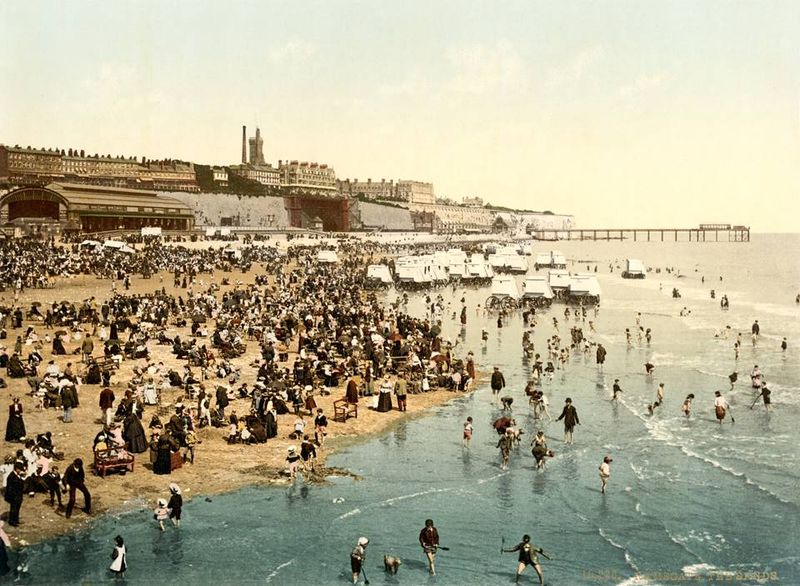
Picture a Victorian family outing to the beach, where ladies in long bathing dresses tiptoed into the water while men sported striped swimsuits. The beach was a place of leisure and relaxation, a chance to escape the hustle and bustle of everyday life.
Parasols dotted the sandy shores, providing shade as families picnicked on checkered blankets, indulging in sandwiches and lemonade. Children built sandcastles with wooden pails, their laughter echoing against the gentle waves.
This seaside escape was a cherished tradition, a moment to unwind and enjoy the company of loved ones. The simple joys of sun, sand, and sea made for unforgettable holiday memories.
3. Edwardian Garden Party

Step into an Edwardian garden party, where elegance and refinement were the order of the day. Guests dressed in their finest attire, with ladies adorned in lace and gentlemen sporting waistcoats and bowler hats. The garden, blooming with vibrant flowers, set a picturesque stage for socializing.
Ornate tea tables overflowed with delicate pastries and fine china, as conversations flowed as smoothly as the tea. Laughter mingled with the chirping of birds, creating a symphony of joyful sounds.
These garden parties were more than just a gathering; they were a celebration of culture and community, a chance to connect over shared experiences and create lasting friendships.
4. Country Fair Extravaganza
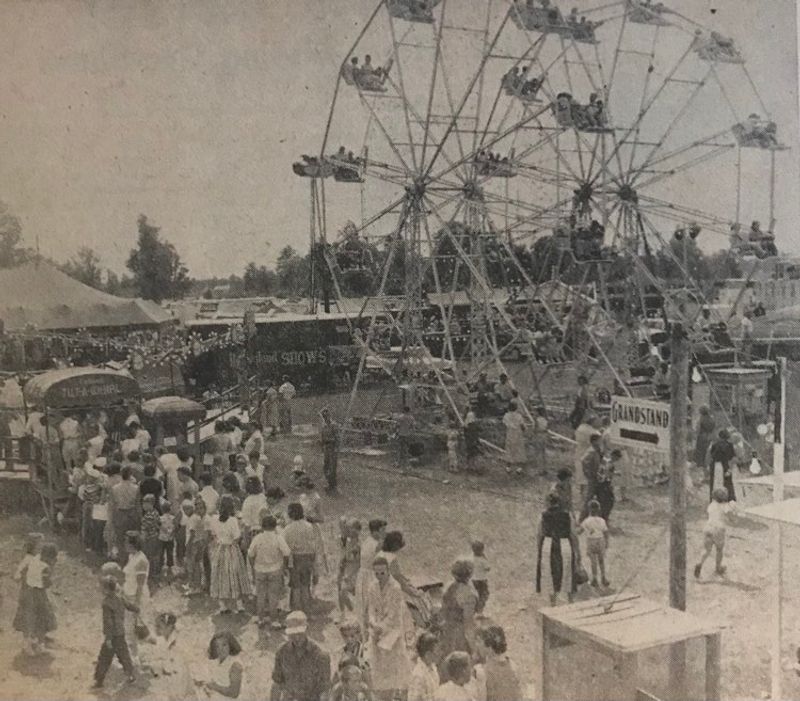
Country fairs were the highlight of rural life, bringing together communities for a day of fun and excitement. Colorful tents lined the fairgrounds, offering everything from games of chance to delicious treats.
Families strolled hand in hand, trying their luck at ring toss or enjoying lively performances by local entertainers. The aroma of popcorn and candy floss filled the air, tempting every passerby.
For many, the fair was a magical escape from the mundane, a chance to experience the joy of community spirit and revel in the simple pleasures of life. It was a day filled with laughter, joy, and cherished memories.
5. Thanksgiving Feast
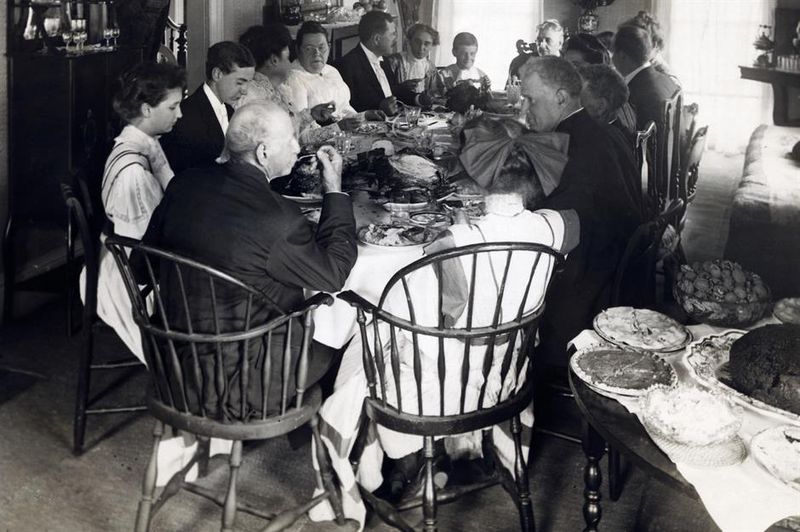
Thanksgiving in the 1900s was a heartwarming affair, where families gathered to give thanks and enjoy a bountiful feast. The table was set with heirloom china and laden with traditional dishes like roast turkey, stuffing, and cranberry sauce.
Laughter and conversation filled the air as generations came together to share stories and create new memories. The aroma of freshly baked pies wafted through the house, adding to the cozy atmosphere.
It was a day to celebrate gratitude and togetherness, a reminder of the importance of family and the joy of sharing a meal with loved ones. Thanksgiving was more than just a holiday; it was a cherished tradition that brought people closer.
6. New Year’s Eve Ball
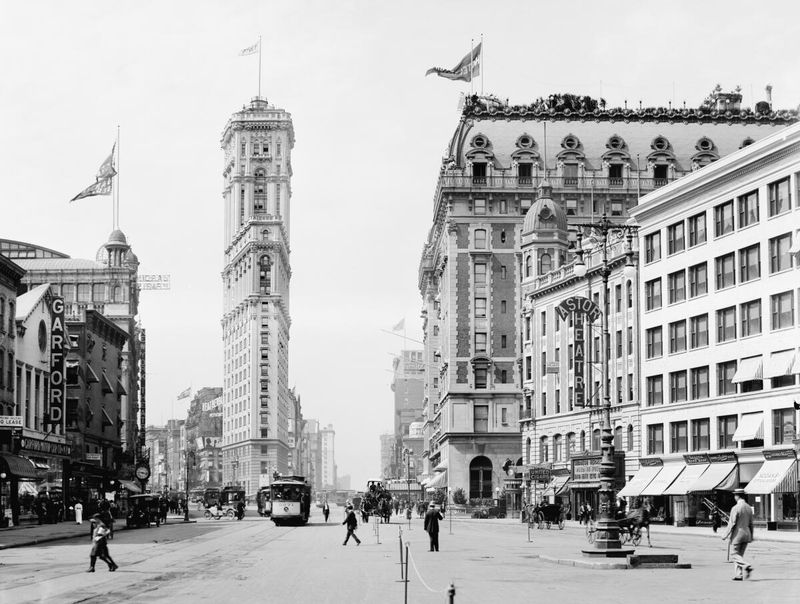
New Year’s Eve in the 1900s was a night to remember, as grand balls were held in opulent settings, complete with live orchestras and elegantly dressed guests. Ladies wore shimmering gowns, while gentlemen donned their finest suits.
The ballroom was a spectacle of twinkling lights and festive decorations, as couples waltzed gracefully to the strains of classical music. The joyous atmosphere was infectious, as everyone anticipated the start of a new year.
As midnight struck, glasses were raised in a toast to new beginnings, and the room erupted in cheers and celebration. It was a night of glamour and excitement, a perfect way to ring in the New Year.
7. Fourth of July Parade
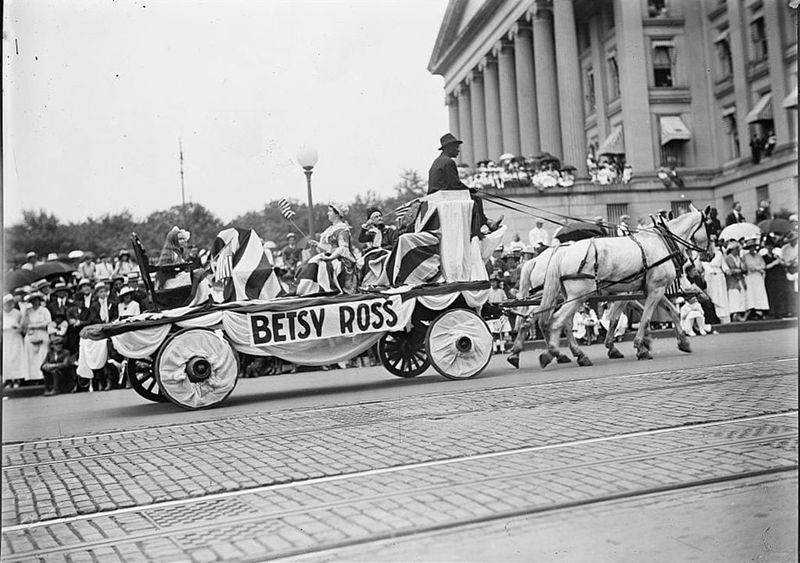
The Fourth of July was a patriotic extravaganza, with parades marching through town, flags waving proudly in the summer breeze. Marching bands led the way, filling the streets with lively tunes that stirred a sense of national pride.
Families lined the sidewalks, waving flags and cheering as floats passed by, each more elaborate than the last. Children clutched sparklers, their eyes wide with excitement at the dazzling displays.
It was a celebration of freedom and unity, where communities came together to honor their shared heritage. The parade was a highlight of the summer, a joyful display of patriotic spirit.
8. Easter Egg Hunt

Easter in the 1900s was a time of joy and celebration, with families gathering for festive egg hunts in blooming gardens. Children, dressed in their Sunday best, eagerly searched for colorful eggs hidden among the flowers.
The anticipation was palpable as little hands reached into bushes and under benches, uncovering treasures one egg at a time. Laughter and shouts of delight filled the air, echoing the spirit of the holiday.
The egg hunt was a cherished tradition, a moment of innocent fun that brought families together. It was a celebration of new beginnings and the joys of spring, a reminder of the simple pleasures of life.
9. Halloween Masquerade

Halloween in the 1900s was a night of mystery and enchantment, with masquerade parties held in dimly lit ballrooms. Guests arrived in elaborate costumes and masks, ready to dance the night away.
The room was a spectacle of flickering candlelight and eerie decorations, setting the stage for an evening of thrilling fun. Laughter and music mingled with the rustle of silk and the clink of glasses.
It was a chance to escape the ordinary and indulge in the fantastical, a celebration of imagination and creativity. The masquerade was a highlight of the season, a night of intrigue and delight.
10. Summer Picnic
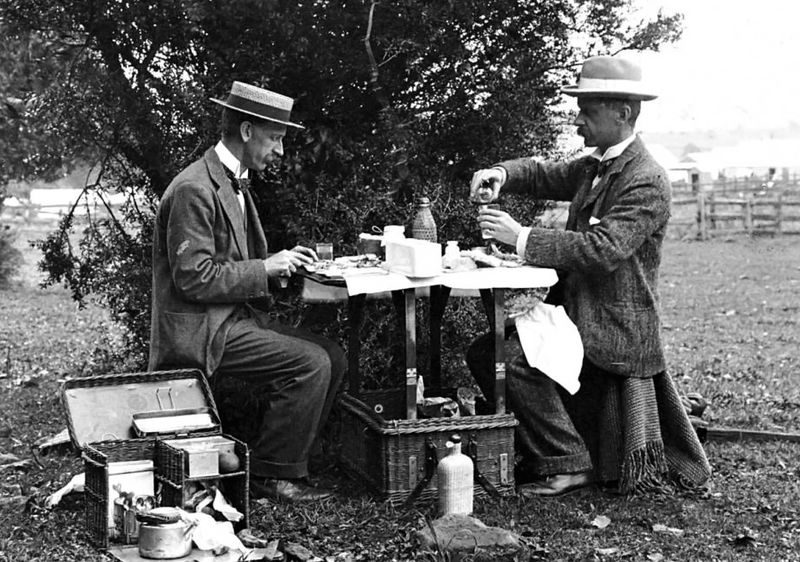
Summer picnics in the 1900s were a quintessential holiday activity, where families gathered in meadows to enjoy the sun and fresh air. A checkered blanket was spread on the grass, laden with homemade sandwiches, pies, and refreshing lemonade.
Children played games like tag and hide-and-seek, their laughter ringing through the open fields. The scent of wildflowers mingled with the sweet aroma of freshly baked goods, creating a sensory delight.
These picnics were a time to unwind and connect with nature, a simple pleasure that brought joy to both young and old. It was a carefree escape from the everyday, a chance to savor the beauty of summer.
11. Railway Holiday Excursions

Families dressed in their Sunday best huddled on crowded train platforms, clutching wicker picnic baskets and paper-wrapped parcels. Railway companies offered special holiday excursions to seaside towns and countryside retreats at reduced fares, making leisure travel accessible to working-class families for the first time.
Children pressed their faces against windows, watching the landscape transform from industrial smokestacks to open meadows. The journey itself was part of the adventure, with passengers sharing songs and stories to pass the time.
Women wore elaborate hats pinned securely against the wind while men smoked pipes in designated carriages, creating a cloud of tobacco that hung in the air throughout the journey.
12. Moonlight Roller Skating Parties
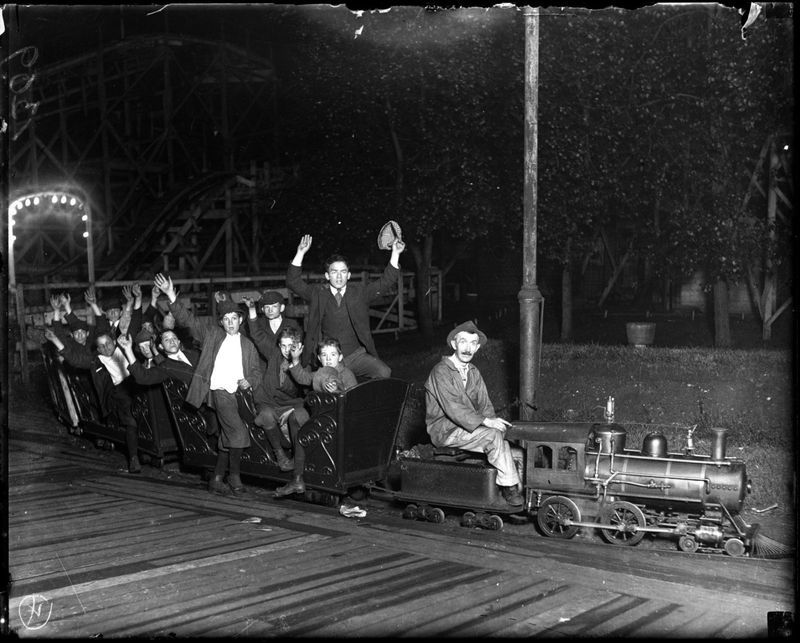
Young couples glided across wooden pavilion floors under the glow of paper lanterns, embracing the roller skating craze that swept through the early 1900s. These evening socials became a popular holiday activity, offering romance and excitement away from the watchful eyes of chaperones.
Gramophone music provided the soundtrack as skaters circled in their rented boots, occasionally holding hands during couples-only songs. The more daring performers attempted elaborate figures and jumps, drawing admiring gasps from spectators lining the edges.
Refreshment stands sold ice cream sodas and candied treats, providing welcome relief during breaks from the physical exertion of skating for hours on end.
13. Traveling Circus Vacation Adventures
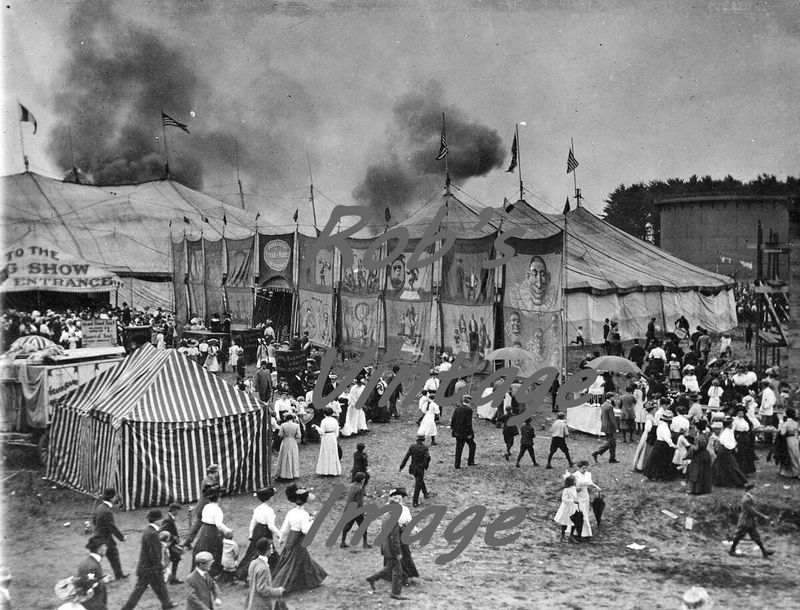
Nothing caused more excitement in small towns than the arrival of a traveling circus during holiday seasons. Families saved pennies for months to afford the spectacle of exotic animals, daredevil performers, and candy floss treats that seemed to appear overnight in empty fields.
Children who normally adhered to strict bedtimes stayed up well past dark, their faces illuminated by kerosene lamps as they watched acrobats defy gravity. The sawdust-covered grounds became magical realms where ordinary rules of society temporarily suspended.
Photographs show crowds gathered around elephant rides and fortune tellers’ tents, with expressions of wonder that transcended the hardships of early 20th century life.
14. Ice Harvesting Festivals
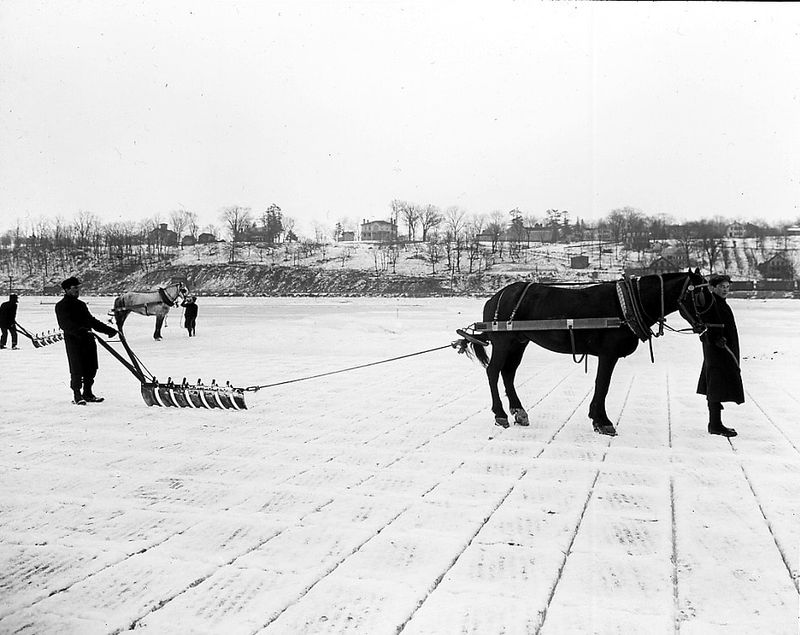
Before electric refrigeration, winter holidays often included the community ritual of ice harvesting from frozen lakes. Men wielding enormous saws cut huge blocks while children turned the labor into play, sliding across the slippery surface in their heavy boots.
Women prepared hearty stews and hot drinks served from steaming cauldrons to fortify the workers against the biting cold. These gatherings combined essential work with social celebration, strengthening community bonds through shared purpose.
The ice blocks, wrapped in sawdust for preservation, would keep food cold throughout summer months. Photographs reveal rosy-cheeked participants proudly posing beside their crystal harvest, unaware that technological advances would soon render their skills obsolete.
15. Automobile Touring Clubs
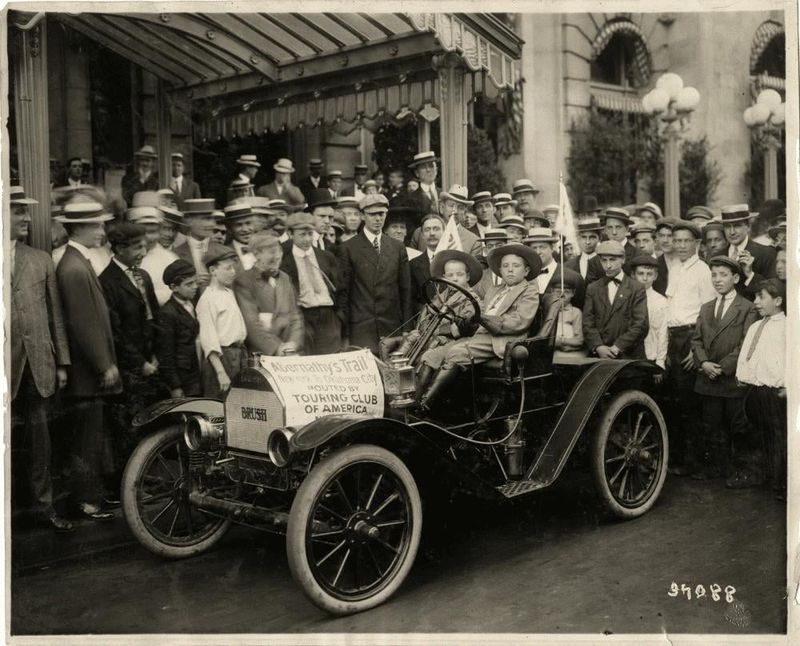
Wealthy families formed exclusive automobile touring clubs, embarking on dusty adventures along primitive roads during summer holidays. These pioneering motorists dressed in specialized driving costumes – women in veils and goggles, men in leather caps and driving gloves – protection against the elements in open-topped vehicles.
Breakdowns were frequent and became social events themselves, with picnics spread on running boards while repairs were made. Maps were unreliable, making each journey an exploration into uncharted territory for these early adopters of motor tourism.
Hotel registers from the period show proud signatures annotated with vehicle makes and models, badges of prestige for those fortunate enough to participate in this revolutionary form of holiday travel.
16. Spiritualist Camp Meetings
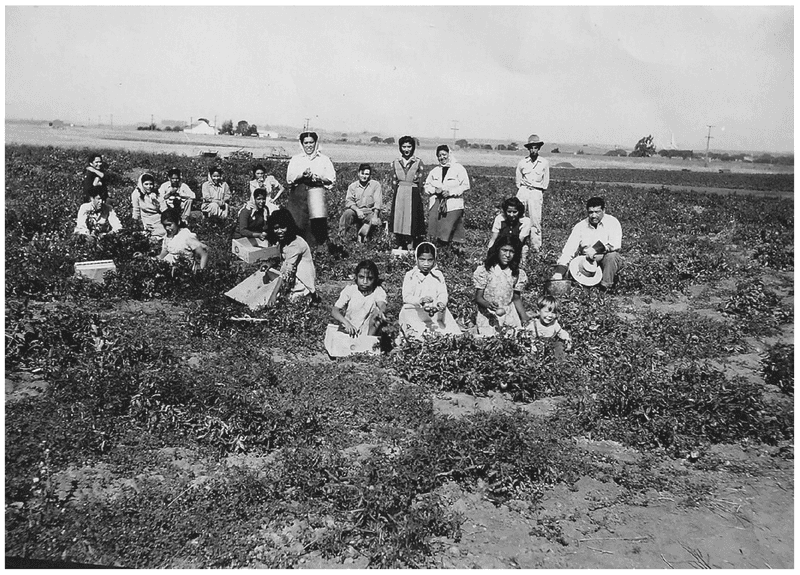
Summer colonies dedicated to communicating with the spirit world attracted thousands of vacationers seeking both entertainment and enlightenment. Rows of canvas tents and simple cabins housed believers who attended séances and psychic readings between swimming in nearby lakes and enjoying communal meals.
Photographs show mediums performing on outdoor stages, surrounded by spellbound audiences fanning themselves in the summer heat. These spiritual retreats combined religious fervor with recreational activities in natural settings, creating a unique holiday experience.
Surviving guest registers reveal famous names alongside ordinary citizens, all drawn to these ethereal gathering places where the veil between worlds supposedly thinned during special ceremonies held under the stars.
17. Hospital Ship Excursions
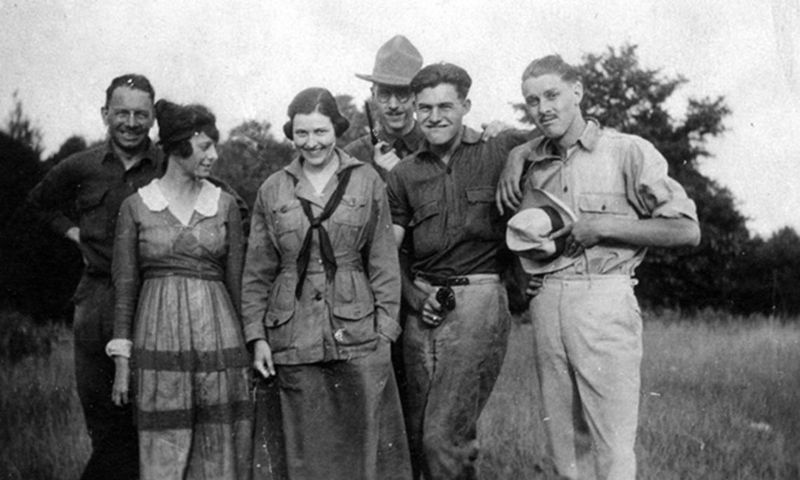
Charitable organizations sponsored holiday excursions aboard hospital ships for urban children suffering from tuberculosis and other respiratory ailments. These floating sanatoriums combined medical treatment with the joy of sea air, creating therapeutic vacations for youngsters who rarely left crowded tenements.
Nurses in crisp uniforms supervised deck games and distributed oranges – rare treats for their young charges. The children slept in dormitory-style wards with portholes opened wide to the healing ocean breezes, their thin faces gradually gaining color during the voyages.
Family members waved handkerchiefs from docks during emotional departures and reunions, hopeful that these nautical holidays would restore health to their precious children.
18. Harvest Moon Corn Husking Parties

Rural communities transformed agricultural labor into festive holiday gatherings with corn husking competitions held under autumn moons. Young men and women worked side by side, racing to find prized red ears of corn that granted the finder permission to steal a kiss from their partner of choice.
Weathered barns decorated with autumn leaves and harvest symbols hosted these events, with fiddle players providing lively accompaniment. Older generations supervised while preparing enormous feasts from the summer’s bounty, watching young romances blossom among the corn shucks.
Finding a red ear became a moment of high drama captured in photographs – blushing maidens and triumphant suitors frozen in time, their agricultural holiday creating memories that would sustain them through coming winter months.
19. Temperance Holiday Retreats
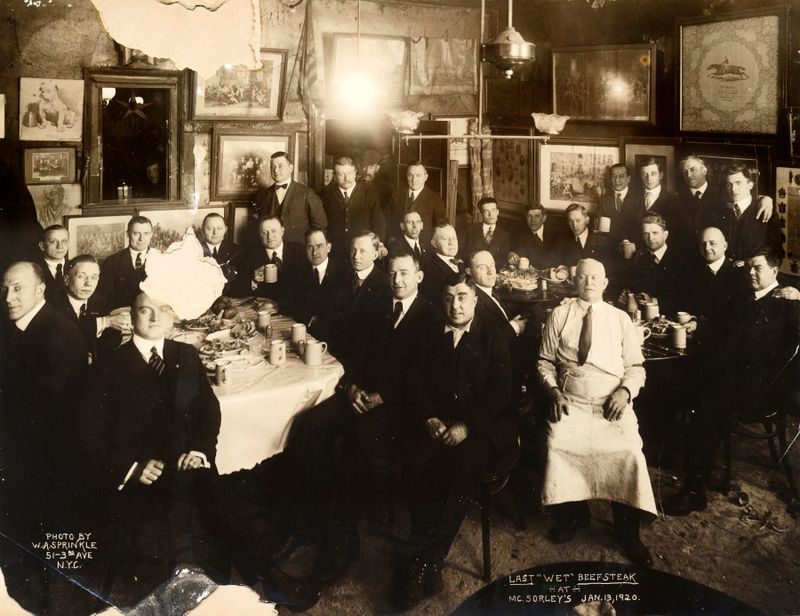
Anti-alcohol organizations established lakeside resorts where families could vacation in environments free from “demon rum.” These popular destinations featured boating, swimming, and elaborate entertainment programs centered around temperance values and healthy living.
Children participated in patriotic pageants while adults attended lectures on moral improvement between games of croquet and tennis. Evening gatherings in grand pavilions included ice cream socials and musical performances, proving that festivities didn’t require alcohol to generate merriment.
Group photographs show women in white dresses symbolizing purity, proudly displaying temperance banners alongside their families. These moral holidays provided respite from cities where saloons dominated social life, creating alternative vacation traditions that shaped American culture.
20. Tuberculosis Sanatorium Celebrations
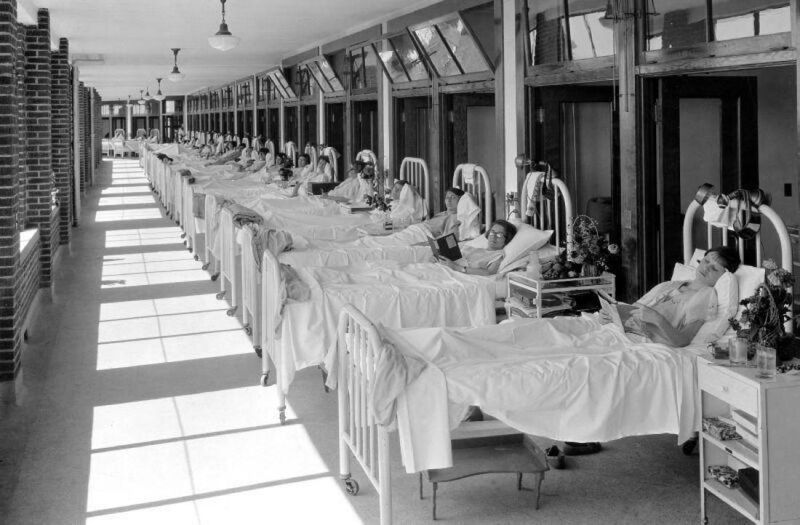
Patients confined to tuberculosis sanatoriums created their own holiday traditions, determined to find joy despite their circumstances. Wrapped in blankets against mountain air, they gathered on sun porches decorated with paper chains and homemade ornaments crafted during occupational therapy sessions.
Staff members organized special meals and entertainment programs, sometimes inviting local choirs to perform for those too ill to travel home. Patients exchanged simple gifts and posed for photographs sent to worried relatives, their gaunt faces attempting brave smiles beneath the institutional decorations.
These poignant celebrations, captured in institutional archives, reveal the human need for festivity even in the most challenging circumstances – holidays that marked time in lives suspended between illness and hoped-for recovery.
21. Polar Bear Swimming Clubs on New Year’s Day

Braving the frigid January waters became a peculiar holiday tradition for daring souls in the early 1900s. Photographers captured groups of hardy swimmers—mostly men in woolen bathing costumes—plunging into icy lakes and oceans to ring in the New Year.
Women occasionally joined these polar plunges too, though their participation raised eyebrows in more conservative communities. The ritual originated among Scandinavian immigrants who believed the shocking cold offered health benefits and spiritual cleansing.
Spectators would gather on shores bundled in heavy coats and scarves, watching in disbelief as swimmers emerged with chattering teeth and triumphant smiles, often rewarded with hot cocoa or stronger spirits afterward!
22. Rooftop Honeymoon Camping Adventures
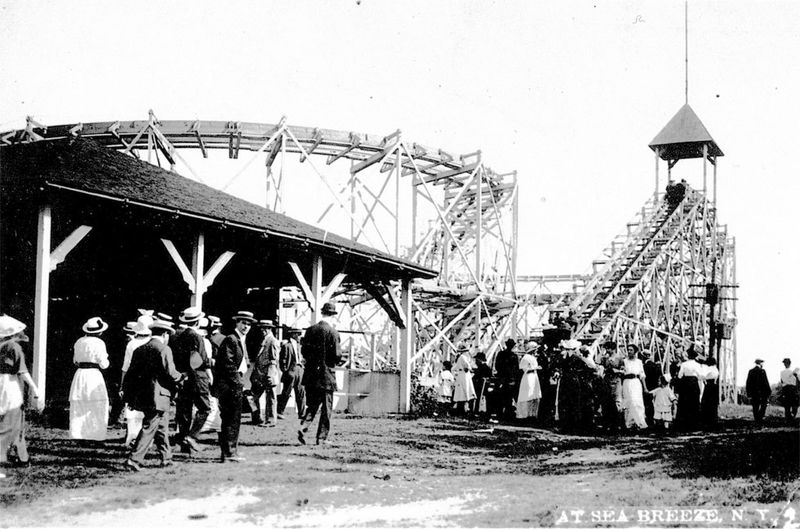
Newlyweds in metropolitan areas developed a curious trend around 1905—pitching tents on apartment building rooftops for honeymoon ‘camping’ experiences. Unable to afford distant travels, creative couples transformed urban rooftops into romantic getaways under the stars.
Photographs show these makeshift campsites adorned with potted plants, borrowed furniture, and lanterns creating cozy atmospheres above bustling city streets. The practice became so popular that some department stores briefly sold ‘Rooftop Honeymoon Kits’ complete with portable phonographs and weather-appropriate bedding.
Morning-after images often captured pajama-clad couples enjoying breakfast while watching the sunrise over industrial smokestacks—an oddly romantic urban idyll now forgotten!
23. Seaside Donkey Photography Sessions
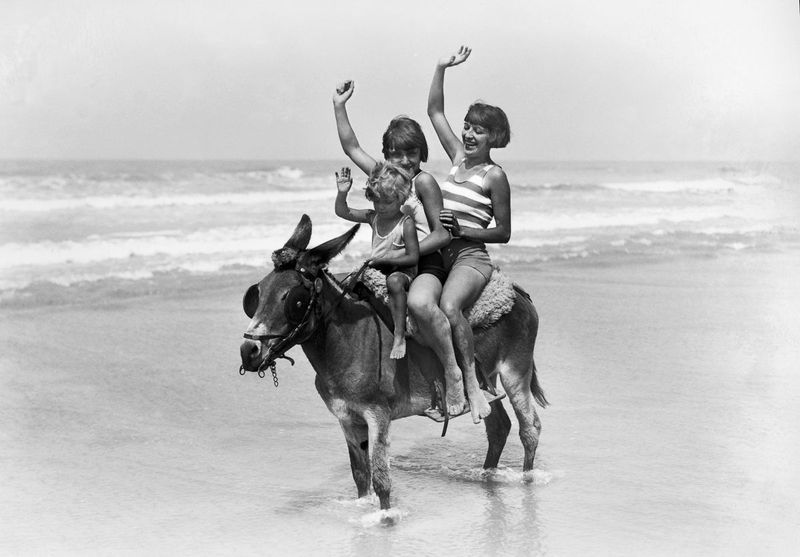
Summer holidaymakers flocked to coastal towns where professional photographers offered portraits with decorated donkeys wearing fancy hats and ribbons. These donkey photographers were fixtures on British and American beaches, charging a few pennies for a cherished souvenir.
Children in their Sunday best would be carefully arranged on patient donkeys while parents stood proudly nearby. The animals were often adorned with bells, feathers, and sometimes humorous signs with phrases like ‘I’m Having a Grand Time!’
Many families saved for months to afford these holiday portraits. Surviving photographs show generations of sunburned vacationers perched somewhat nervously on their docile steeds—a charming tradition that continued well into the 1950s before gradually disappearing.
24. Midnight Ghost Hunting Excursions
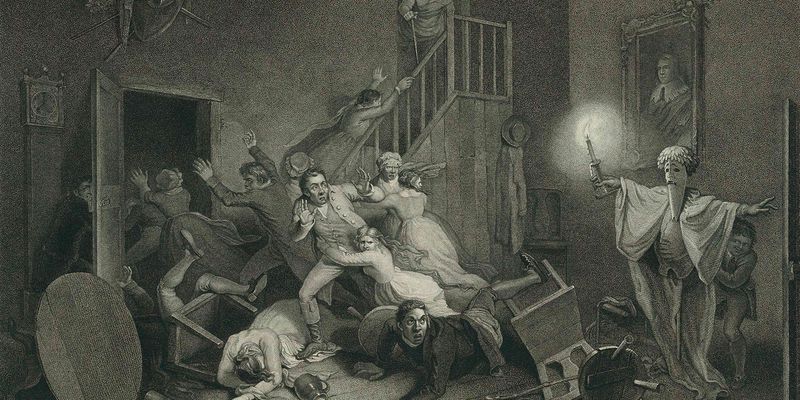
Holiday ghost hunting parties became unexpectedly fashionable among wealthy young people during the Spiritualist movement’s peak. Surviving photographs show elegantly dressed Edwardian thrill-seekers exploring supposedly haunted locations by lamplight during Christmas and Halloween gatherings.
Armed with primitive cameras and early recording devices, these paranormal enthusiasts hoped to capture evidence of spirits. Ladies in flowing white dresses often volunteered as ‘atmospheric elements’ in staged photographs, creating eerie silhouettes against gothic backdrops.
What began as serious spiritual inquiry quickly evolved into fashionable entertainment. Period newspapers reported these excursions with a mixture of fascination and mockery, especially when prominent society figures claimed to have documented supernatural encounters during their holiday adventures!
25. Elaborate Telephone Parties
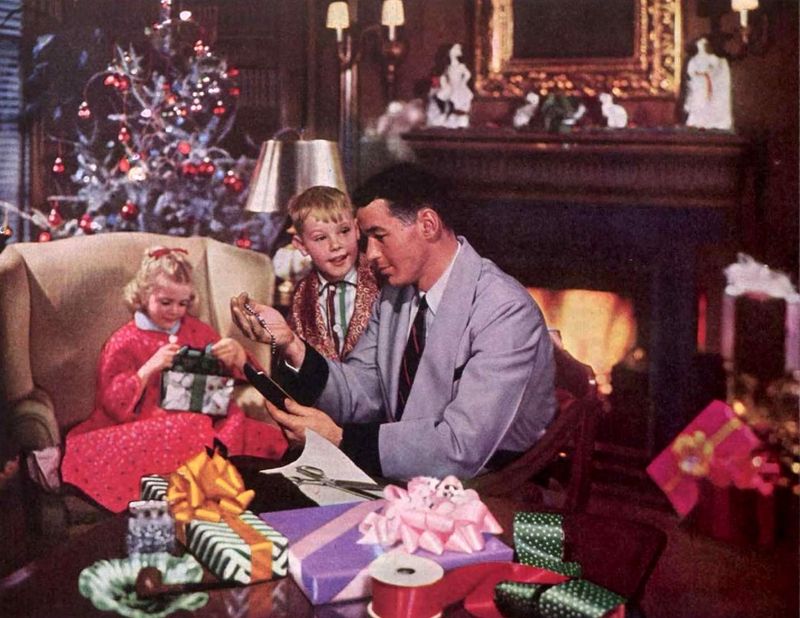
When telephones were rare luxuries, holiday ‘telephone parties’ let families connect with distant relatives through carefully orchestrated calls. Photographs show extended families gathered around ornate wooden telephone boxes, dressed in their finest clothes for what was considered a momentous technological event.
These calls required advance scheduling with operators and were often limited to just a few precious minutes. Children were lifted up to speak into the mouthpiece while everyone leaned in to hear the tinny, distant voices of loved ones they hadn’t seen in years.
Wealthier families sometimes hired photographers to document these modern miracles, particularly during Christmas and New Year celebrations. The resulting images capture a touching blend of technological wonder and family connection that defined holiday celebrations in the early telephone era.
26. Mechanical Sleigh Rides Through City Parks

Gasoline-powered ‘mechanical sleighs’—early snowmobiles with elaborate decorations—offered novel winter holiday experiences in urban parks around 1915. Entrepreneurs converted automobile engines into horse-free sleighs adorned with bells, ribbons, and sometimes even stuffed reindeer figures.
Families would pay handsomely for these noisy but magical rides through snow-covered landscapes. The contraptions belched smoke and frequently broke down, but their novelty made them irresistible attractions during winter festivals.
Photographs show bundled-up passengers clinging to these primitive vehicles as they bounced across frozen ponds and through snowy meadows. City newspapers documented these mechanical marvels with headlines like ‘Modern Santa Needs No Reindeer!’ capturing society’s fascination with technology transforming even the most traditional holiday pastimes.
27. Underwater Christmas Tree Lighting Ceremonies
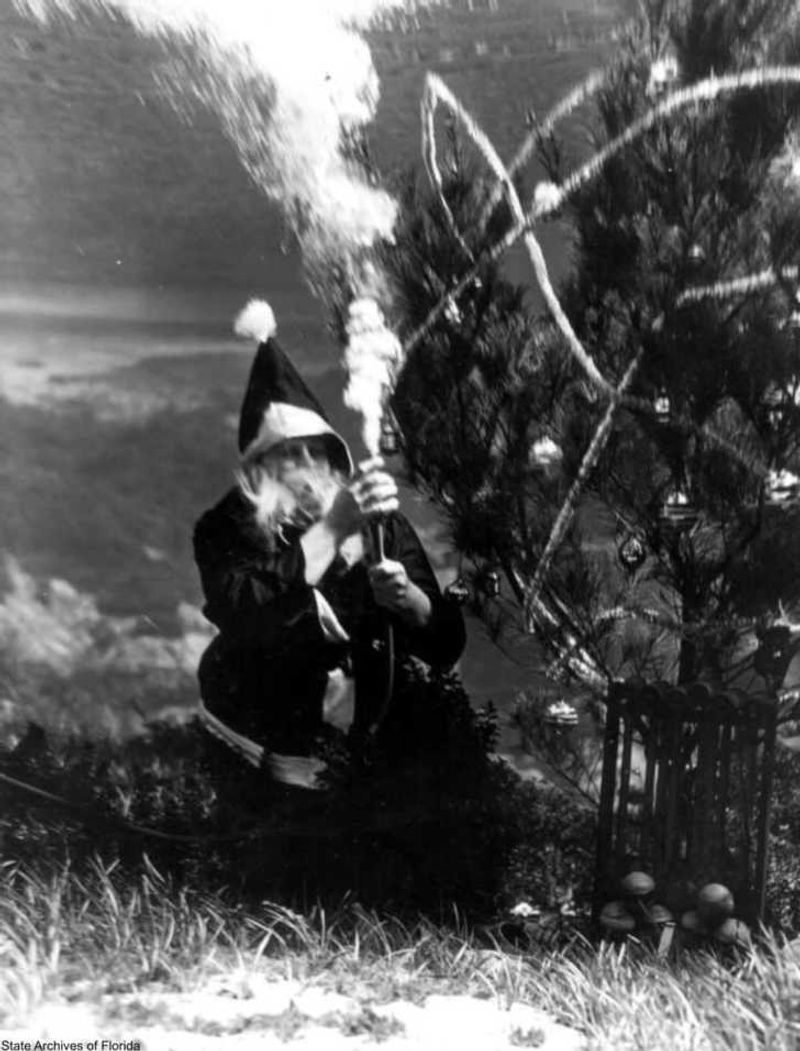
Florida’s emerging tourism industry created bizarre holiday traditions like underwater Christmas tree lighting ceremonies in crystal-clear springs. Brave divers—using primitive hard-hat diving equipment—would descend to position and illuminate trees secured to spring bottoms while spectators watched from glass-bottom boats.
Local businesses sponsored these aquatic spectacles to attract northern visitors seeking unconventional winter celebrations. The submerged trees were decorated with salt-resistant ornaments and waterproof lights powered by dangerous-looking cables connected to shore generators.
Surviving photographs show goggled swimmers in woolen bathing costumes floating around these surreal underwater holiday displays. Newspaper accounts describe amazed onlookers gasping as the trees suddenly glowed beneath the water’s surface—a distinctly Floridian approach to holiday magic that peaked in popularity around 1925!
28. Holiday Ice Cutting Festivals
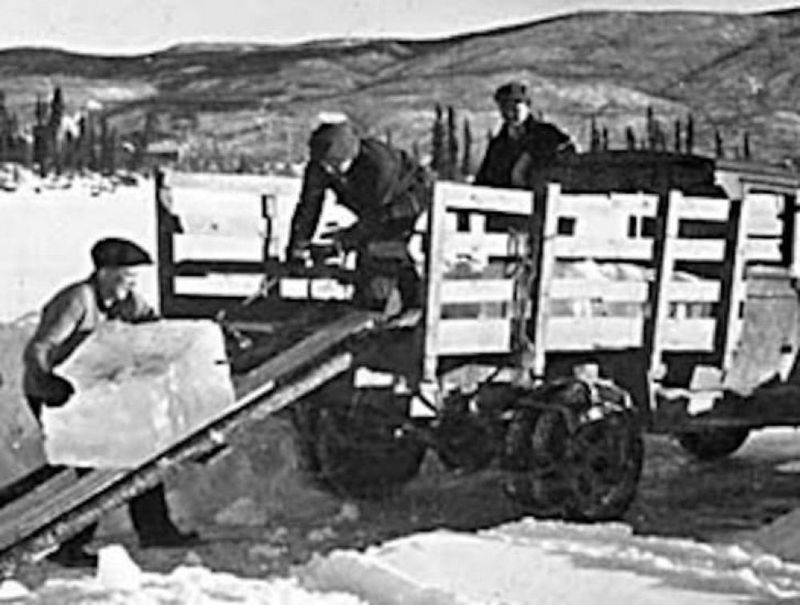
Before electric refrigeration, communities celebrated the winter harvest of ice blocks with festive competitions and elaborate ice cutting ceremonies. Photographs show entire towns gathered on frozen lakes watching teams of men wielding enormous saws and specialized tools to extract massive ice blocks.
The most skilled ice cutters achieved celebrity status, demonstrating their techniques to cheering crowds. Children participated in junior competitions using scaled-down tools, while women prepared elaborate picnics despite the freezing temperatures.
These practical harvests evolved into genuine holiday events complete with ice sculpture displays, sledding races, and nighttime lantern parades across frozen lakes. The festivals combined essential winter work with community celebration—a pragmatic approach to holiday making that faded when home refrigerators eliminated the need for natural ice harvesting in the 1930s.
29. Radiogram Holiday Greeting Parties

When radio technology emerged in the 1920s, families hosted ‘radiogram parties’ where guests recorded holiday greetings broadcast to distant loved ones. Studios offered special holiday rates for these brief transmissions, creating a new tradition for those who could afford this cutting-edge communication method.
Photographs show nervous participants dressed in their finest clothes, reading carefully rehearsed messages into imposing microphones. Station engineers would signal when to begin speaking, creating amusing images of startled faces frozen in surprise as they suddenly went ‘on air.’
Recipients would gather around radio sets at predetermined times, hoping to catch these crackling, static-filled greetings from across the country. Newspapers published schedules of these holiday radiogram broadcasts, creating community events around what we now take for granted—hearing a loved one’s voice despite physical separation.
30. Therapeutic Mud Bath Vacations
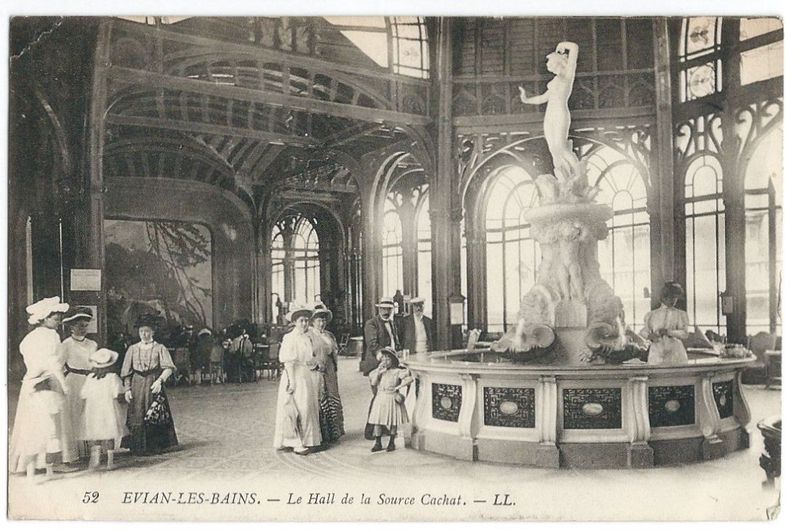
Health-conscious holidaymakers of the early 1900s flocked to mineral springs for therapeutic mud bath treatments, considering them the ultimate luxury vacation. Resorts in places like Arkansas and California offered ‘rejuvenating’ mud immersions claimed to cure everything from arthritis to melancholy.
Remarkable photographs show vacationers covered head-to-toe in dark mud, smiling from what look like chocolate baths. Attendants in white uniforms supervised these messy treatments, while photographers documented the experience for patients to prove they’d undergone fashionable health tourism.
Families often saved all year for these peculiar holiday treatments. Christmas and Easter were particularly popular times for these spa retreats, with resorts offering special ‘Holiday Healing Packages’ complete with mud-themed festive meals and mud bath carol singing sessions—a holiday tradition modern spa-goers might find rather extreme!
31. Lakeside Chautauqua Gatherings

Families flocked to Chautauqua retreats during summer holidays, combining education with recreation in picturesque lakeside settings. These popular vacation spots featured lectures, concerts, and religious services held in grand open-air pavilions surrounded by charming cottages.
Children played barefoot on wooden docks while parents attended intellectual talks or artistic performances. The atmosphere blended Victorian propriety with fresh-air freedom.
Photographs from these gatherings show women in white dresses with parasols strolling along tree-lined paths, men in boater hats rowing on glassy lakes, and families gathered for ice cream socials on wide verandas as the sun set over the water.
32. Dancing Bear Carnivals
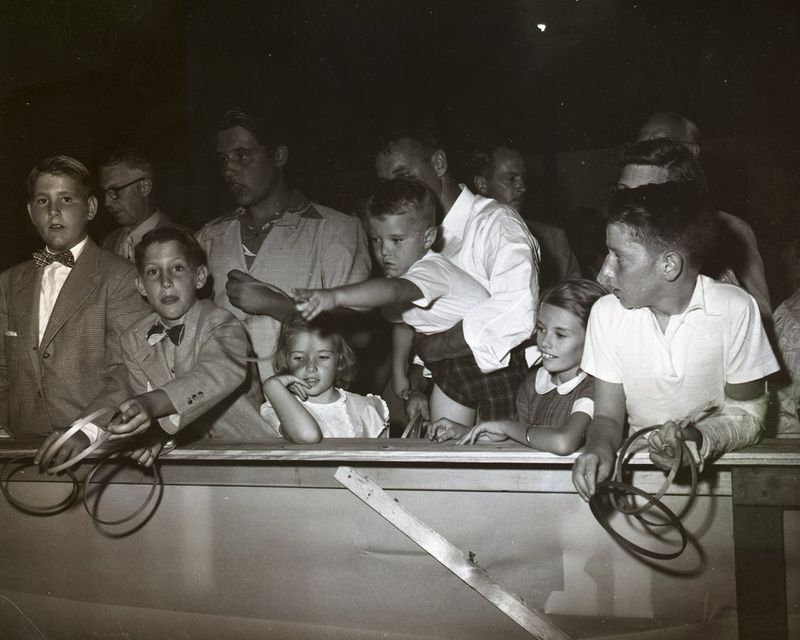
Traveling carnivals with performing bears were holiday highlights in rural America during the early 1900s. Families would gather in town squares, wide-eyed children perched on shoulders to glimpse the spectacle of trained bears dancing to accordion music.
Photographs capture the mix of wonder and trepidation on spectators’ faces as bears balanced on balls or mimicked human dances. Trainers dressed in elaborate costumes guided their furry performers through routines.
These events combined entertainment with the exotic allure of wild animals, though modern eyes might view them differently. Town festivals often scheduled these performances as the grand finale to a day of holiday celebrations.
33. Phonograph Holiday Parties
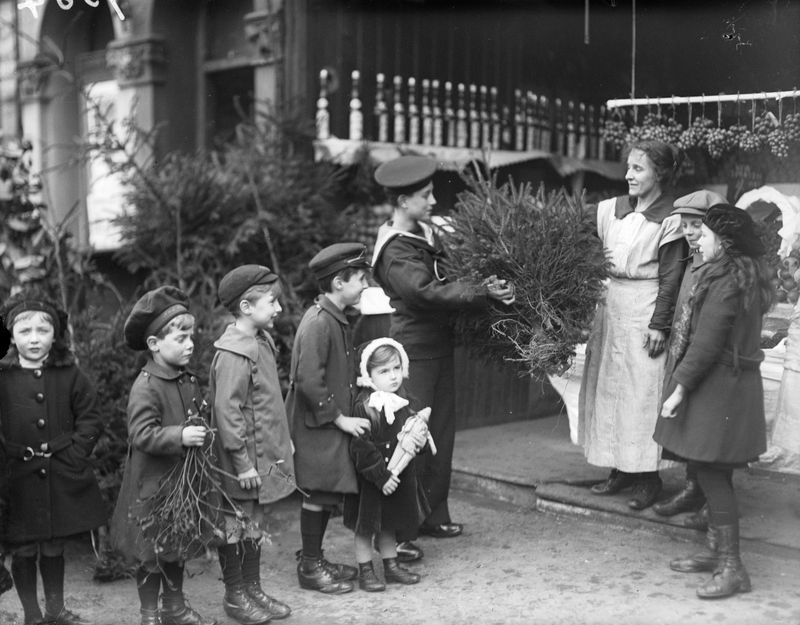
The arrival of phonographs transformed holiday gatherings in the early 1900s. Families and friends would crowd around these magical machines, marveling as music filled their homes without requiring a live musician.
Young couples used these occasions to practice new dances like the Turkey Trot or the Grizzly Bear. Grandparents often watched with a mix of amusement and slight disapproval from their chairs against the wall.
Photos show parlors cleared of furniture, with women in high-necked blouses and men in vests taking turns cranking the phonograph handle. The large horn speakers became festive centerpieces, sometimes decorated with holiday ribbons or greenery for special occasions.
34. Atlantic City Boardwalk Easter Parades
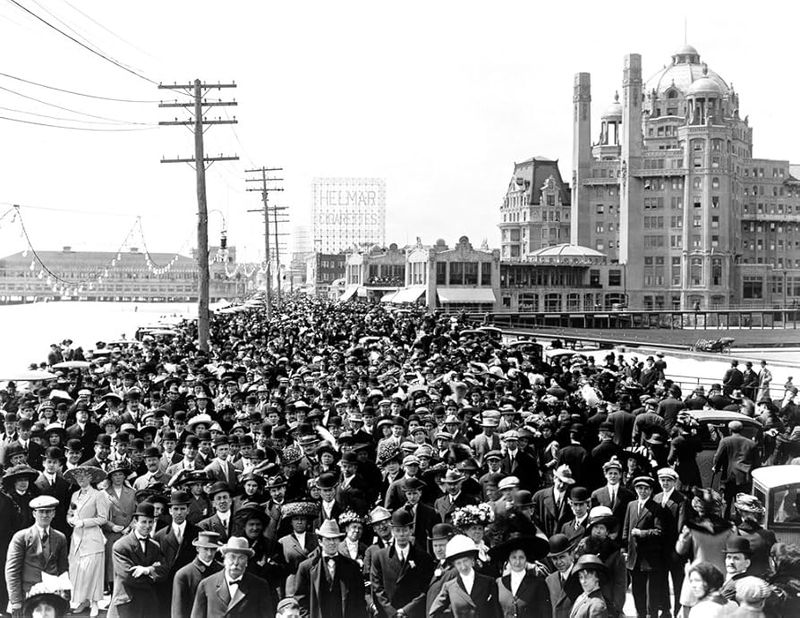
Easter Sunday in Atlantic City meant one thing: the boardwalk fashion parade! Society women spent months planning elaborate ensembles featuring enormous feathered hats, parasols, and ankle-skimming dresses specifically for this grand social exhibition.
Men weren’t exempt from the peacocking, sporting their finest suits, boaters, and walking sticks. Photographers positioned themselves along the wooden walkway, capturing the spectacle for newspaper society pages.
The famous Steel Pier forms the backdrop in many of these images, with carousel music and the scent of saltwater taffy adding to the festive atmosphere. Children in sailor suits and pinafores clutched chocolate eggs while watching the parade of finery pass by.
35. Decoration Day Cemetery Picnics
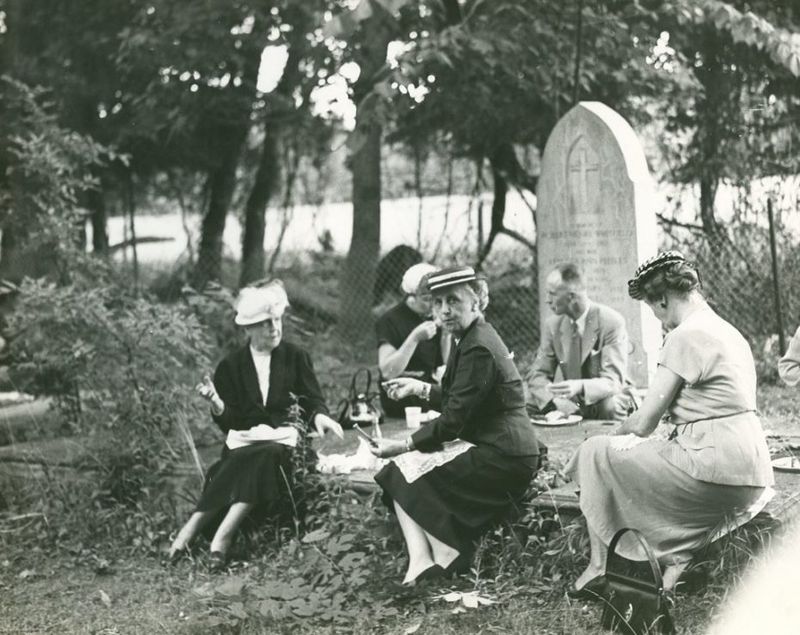
Before it became Memorial Day, Decoration Day saw families gathering in cemeteries for surprisingly festive picnics among their ancestors’ graves. These solemn yet social occasions combined remembrance with reunion as extended families spread blankets between headstones.
Women in dark dresses arranged flowers on graves while children played quiet games nearby. Men often shared stories about the departed, passing down family histories through oral tradition.
Photographs reveal baskets of food, bouquets of fresh flowers, and American flags decorating veterans’ graves. The practice helped younger generations connect with their heritage while honoring those who came before – a holiday tradition that seems strange to modern eyes but formed important community bonds.
36. Rooftop Summer Sleeping Arrangements
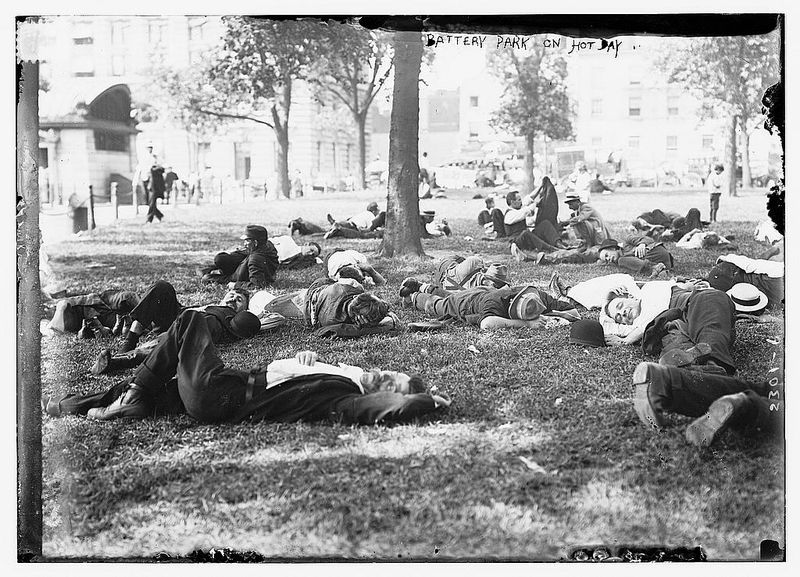
Before air conditioning, urban families escaped sweltering tenement apartments by creating makeshift bedrooms on rooftops and fire escapes during summer holidays. These “sky sleepers” transformed city skylines as entire neighborhoods moved their mattresses outdoors on hot July nights.
Children delighted in this adventure, falling asleep counting stars instead of sheep. Parents would string up sheets for privacy or protection from light morning dew.
Remarkable photographs show families in nightclothes lounging on pillows and bedding spread across tar-paper roofs, chatting with neighbors across alleyways. Some brought up potted plants or hung lanterns, creating festive outdoor bedrooms where slightly cooler breezes provided blessed relief from indoor heat.
37. May Day Maypole Celebrations

May Day festivities brought communities together for elaborate maypole dances that transformed town squares into ribboned spectacles. Young women in white dresses practiced for weeks to perfect the intricate weaving patterns that would create colorful braided designs around the tall central pole.
Photographs show crowds gathered to watch these performances, with musicians playing fiddles and accordions from nearby bandstands. Older community members often judged the best flower crowns worn by participants.
These spring holiday celebrations marked winter’s end and summer’s beginning. Children collected wildflowers for bouquets while young men watched from the sidelines, hoping to court their favorite dancers. The festivities often concluded with community feasts featuring the first spring vegetables from local gardens.
38. Penny Arcade Valentine’s Parties
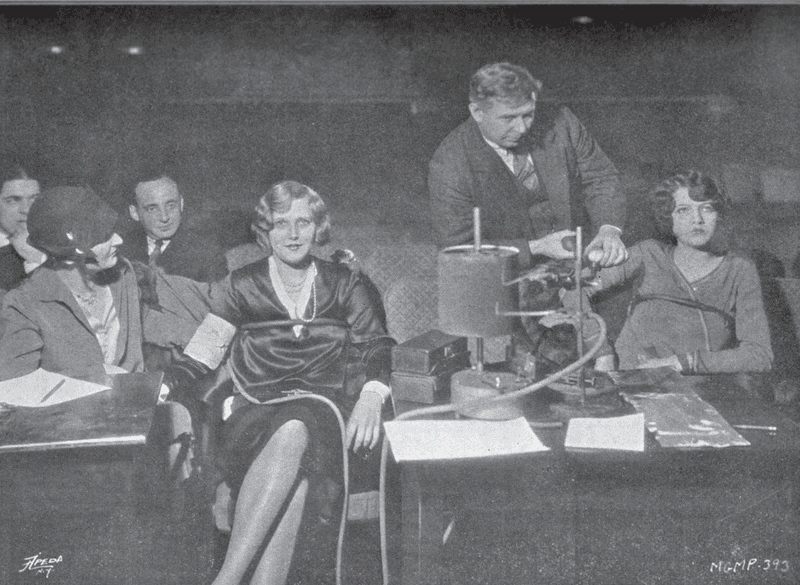
Young couples in the 1900s flocked to penny arcades for Valentine’s Day outings, where mechanical fortune-telling machines predicted romantic futures for a copper coin. These noisy, exciting establishments became unexpected cupid’s dens each February.
Photographs capture couples crowding around love-themed attractions like “The Electric Kiss” or “Test Your Compatibility” machines. Girls in high-necked shirtwaists giggled behind handkerchiefs while their beaus attempted to win prizes at shooting galleries.
Arcade owners capitalized on the holiday by adding red and pink bunting to their establishments. They installed special Valentine’s photo booths where sweethearts could immortalize their outings with souvenir postcards – often featuring comically painted backdrops of Cupid or romantic garden scenes.
39. Presidential Turkey Pardoning Origins
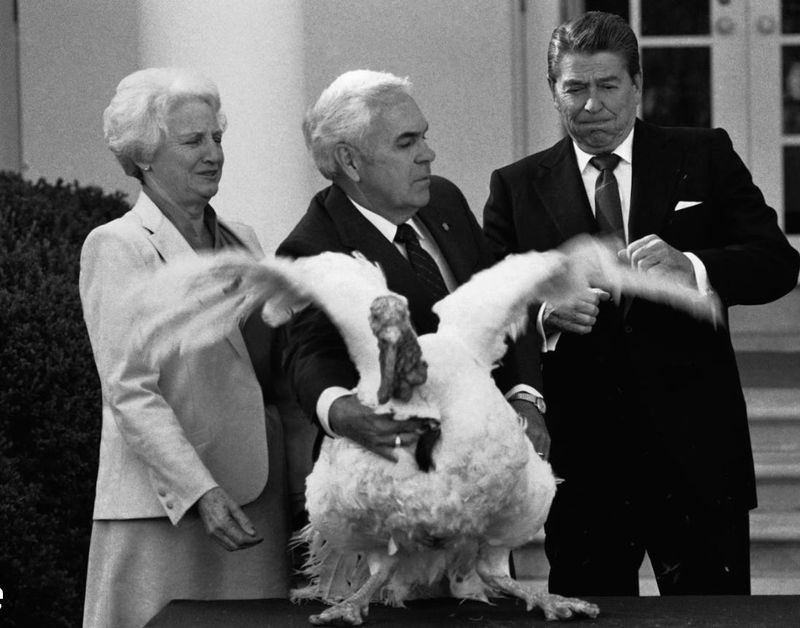
The quirky tradition of presidential turkey pardoning has roots in early 1900s White House holiday celebrations. Though formal pardoning ceremonies came later, photographs show presidents like Taft and Wilson receiving enormous turkeys from farming delegations during elaborate Rose Garden presentations.
White House staff dressed in formal uniforms held the massive birds while reporters captured the moment for newspaper readers. Children of White House employees were sometimes invited to pet the turkey before it was whisked away.
Unlike today’s ceremonies where pardoned birds live out their days on farms, these early presidential turkeys typically ended up on the White House dinner table! The images reveal the political theater of the holiday season, with presidents using these photo opportunities to connect with rural voters and agricultural interests.
40. Elaborate Department Store Window Unveilings

Holiday window unveilings at grand department stores became theatrical productions in the early 1900s, drawing crowds that blocked city streets. Store owners hired orchestras and sometimes even opera singers to perform as massive curtains dropped to reveal spectacular mechanical displays.
Police officers were stationed to control the enthusiastic crowds. Parents hoisted children onto shoulders for better views of animated elves hammering toys or miniature skating rinks with moving figures.
Photographs capture the awestruck faces of spectators bundled in winter coats, their breath visible in the cold night air as they pressed against the glass. These holiday spectacles represented cutting-edge technology of the era, with complex clockwork mechanisms bringing Christmas fantasies to life for urban families who made annual pilgrimages to witness the magic.
41. Seaside Bathing Machine Summer Holidays
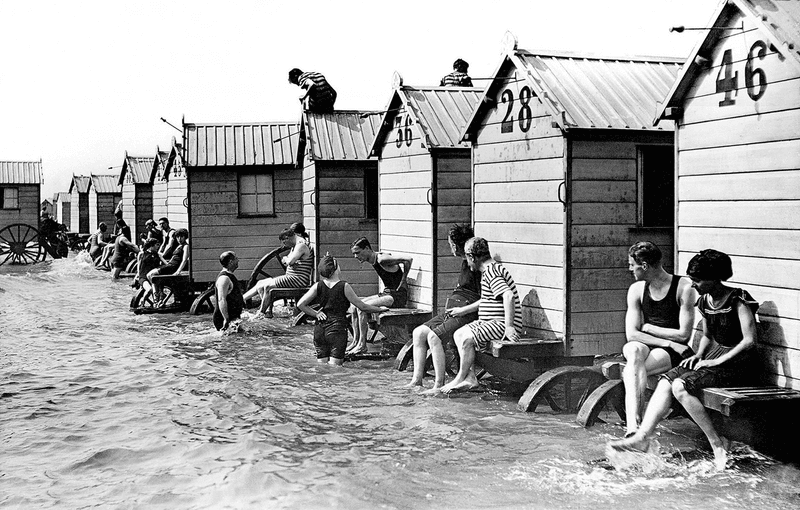
Victorian modesty required ingenious solutions for beach holidays, leading to the popularity of bathing machines – wheeled changing rooms that could be rolled into the surf. These curious wooden huts on wheels allowed proper ladies to enter the water without exposing themselves to public view.
Photographs show horses pulling these structures across the sand while attendants in uniform guided them. Families would rent a bathing machine for the day, taking turns changing into wool swimming costumes inside.
Children played nearby, building elaborate sand castles with wooden molds while waiting their turn. The images capture a curious blend of propriety and pleasure, with women emerging from the machines in billowing bathing dresses and caps, ready to take a daring dip in the ocean waves.
42. Roadside Auto Camping Adventures
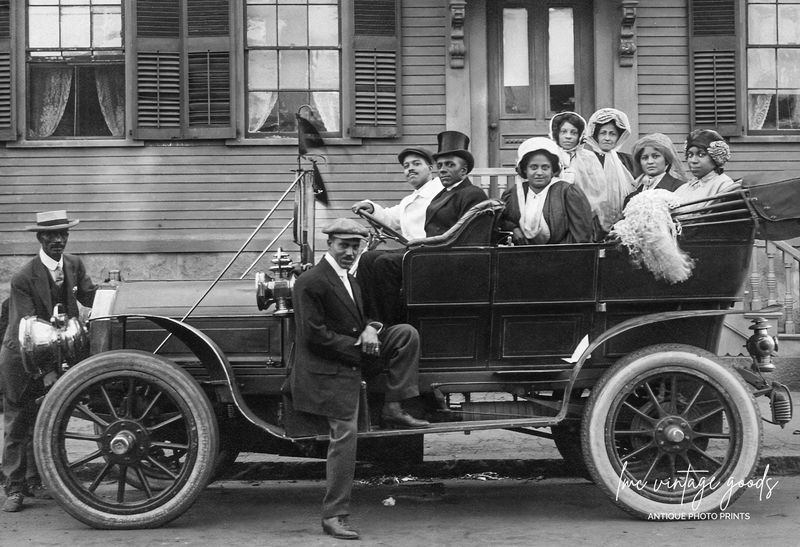
The dawn of automobile tourism created a new holiday tradition – roadside auto camping! Early motorists packed their Model Ts with canvas tents, folding chairs, and cooking equipment for adventures along America’s developing highway system.
These intrepid travelers often broke down on rough roads, turning mechanical mishaps into impromptu holiday memories. Photographs show families in driving dusters and goggles, picnicking beside their vehicles in meadows or forest clearings.
Women cooked on portable stoves while men tinkered with engines. Children collected wildflowers or explored nearby streams. These images capture the spirit of freedom that automobiles brought to holiday traditions, allowing families to escape cities and discover natural landscapes previously accessible only by train.
43. Firecracker Injury First Aid Stations
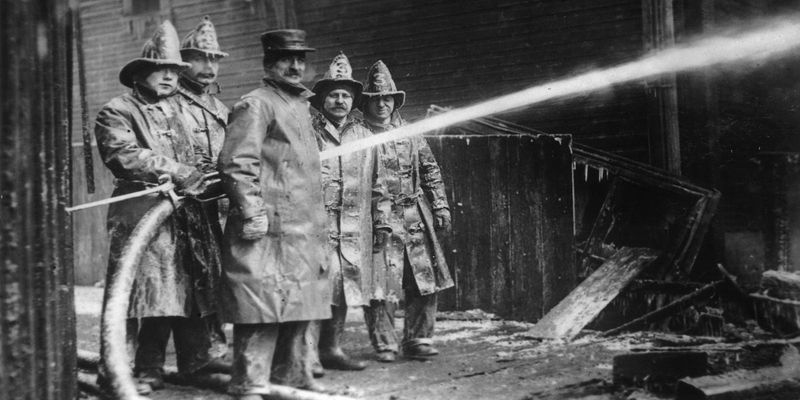
Fourth of July celebrations in the early 1900s were notoriously dangerous affairs, with minimal safety regulations for fireworks leading to predictable casualties. Cities established special holiday first aid stations staffed by nurses in crisp white uniforms specifically to handle firecracker injuries.
Photographs show these makeshift medical tents in city parks, with lines of bandaged children and adults waiting for treatment. Nurses cleaned wounds and wrapped bandages while doctors handled more serious cases requiring stitches.
Despite the injuries, the holiday spirit remained undampened. Images capture boys with bandaged hands proudly displaying their remaining firecrackers, determined to continue the celebrations. These stations became such a holiday fixture that families often knew exactly where to go when inevitable accidents occurred during patriotic festivities.
44. Labor Day Union Parades

Labor Day celebrations in industrial cities showcased the might of organized labor through enormous parades featuring workers marching by trade. Each union local designed elaborate floats demonstrating their craft – glassblowers creating vases atop moving platforms, printers operating presses, bakers displaying enormous holiday breads.
Women workers wore white dresses with sashes identifying their factories or shops. Men marched in work clothes or sometimes formal attire with union badges and ribbons.
These photographs reveal the pageantry of early labor movements, with bands playing and spectators cheering from sidewalks. Children of union members often participated, carrying miniature tools representing their parents’ trades. The images capture a time when Labor Day was less about barbecues and more about demonstrating worker solidarity and the dignity of skilled trades.
45. Seashore Oxygen Parlor Health Holidays
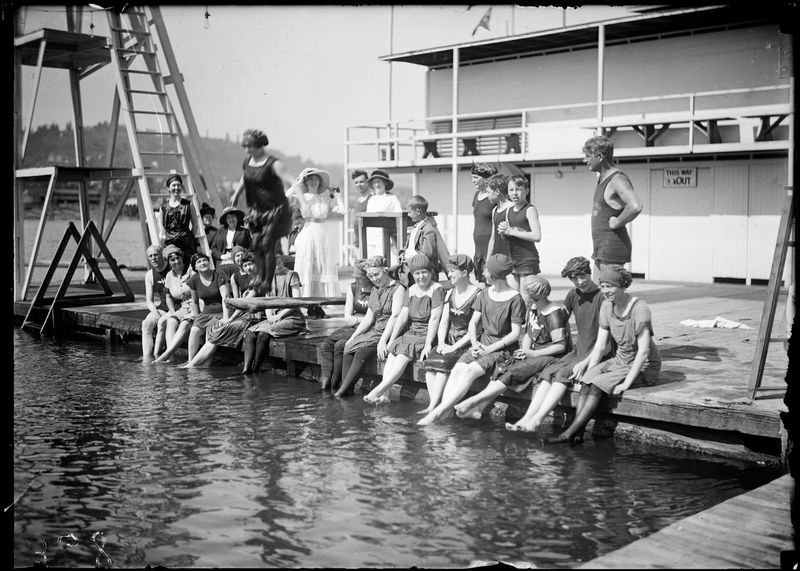
Fashionable health-seekers of the early 1900s flocked to seaside “oxygen parlors” during summer holidays, where they paid to breathe pressurized sea air pumped through elaborate brass nozzles. These pseudo-scientific establishments promised to cure everything from consumption to nervous exhaustion.
Photographs show elegant women in white linen dresses seated in rattan chairs, inhaling deeply from rubber tubes while attendants in medical-looking uniforms adjusted gauges. Men read newspapers while taking their “treatment,” often smoking cigars between oxygen sessions.
Children were encouraged to participate in special youth sessions, with smaller breathing apparatus designed for little lungs. These images capture the curious blend of legitimate health concerns and questionable medical practices that characterized many holiday health retreats before modern medicine established firmer scientific foundations.
46. Harvest Moon Corn Dolly Festivals
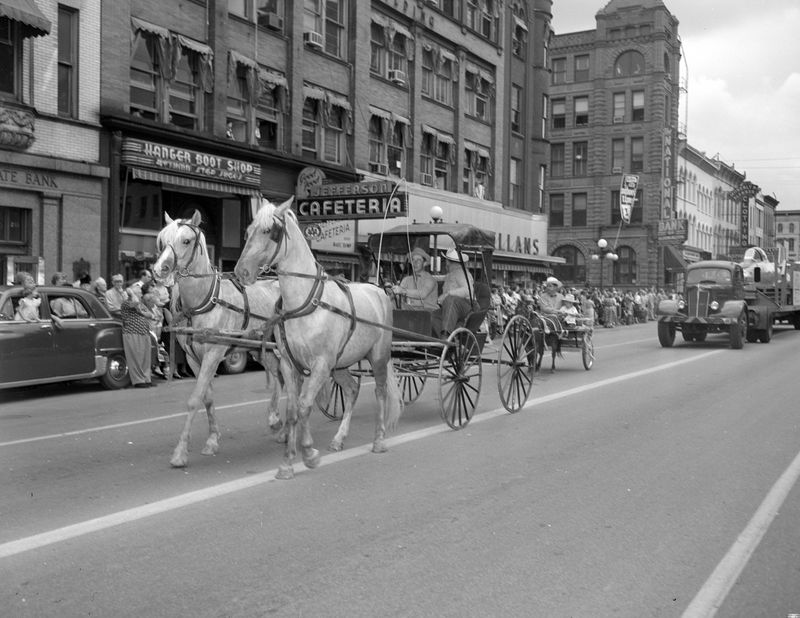
Rural communities celebrated abundant harvests with corn dolly festivals where intricate figures woven from the last sheaves of grain became centerpieces of autumn holiday celebrations. These ancient traditions took on Victorian elaborations in the early 1900s.
Young women competed to create the most beautiful or complex corn dollies, which were believed to hold the spirit of the harvest until spring planting. Photographs show community halls decorated with wheat sheaves and apple garlands where these creations were displayed and judged.
The winning dolly would be paraded through town on a flower-decked wagon pulled by the handsomest farm boys. Images capture farm families in their Sunday best, the women in high-necked blouses with cameos and men in rarely-worn suits, gathering to feast and dance in thanksgiving for another year’s successful harvest.
47. Orphanage Christmas Toy Distributions
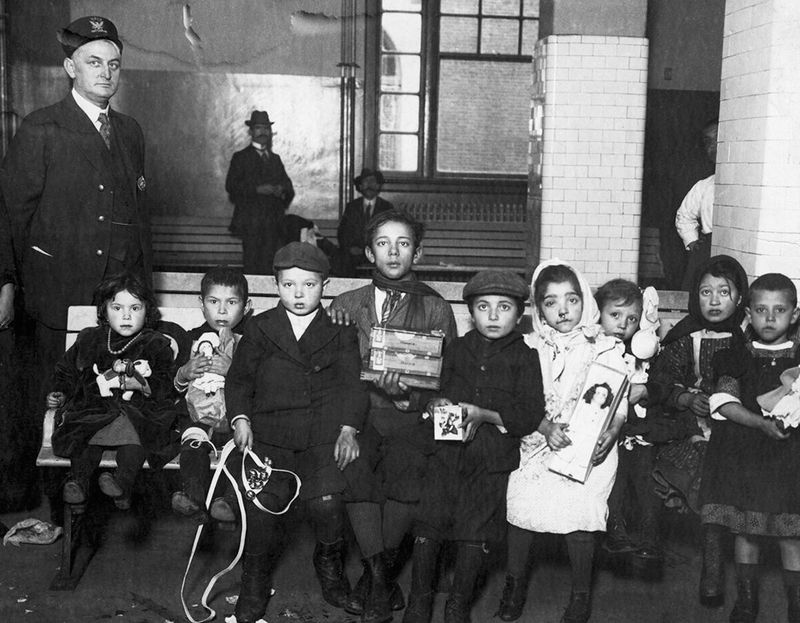
Society women in feathered hats and fur-trimmed coats organized elaborate Christmas charity events at urban orphanages, distributing donated toys to children in matching institutional uniforms. These annual visits became holiday traditions for both the benefactors and the children.
Photographs capture the contrast between the elaborately dressed socialites and the simply-clothed orphans. Children stand in perfectly straight lines, eyes wide at the dolls, tin soldiers, and wooden trains being presented.
Behind the scenes, orphanage staff worked for weeks preparing children to perform songs and recitations for their visitors. These images reveal complex social dynamics at play during these well-intentioned holiday charitable traditions, with both genuine generosity and sometimes uncomfortable class distinctions evident in the formal poses and expressions captured by early cameras.
48. Wax Cylinder Holiday Message Recordings

Before long-distance phone calls became affordable, families visited recording studios during holidays to create wax cylinder voice messages for distant relatives. These precious audio time capsules captured seasonal greetings, news updates, and even children’s songs.
Studios decorated with festive bunting advertised special holiday rates for these recordings. Photographs show families dressed in their finest clothes, nervously gathering around large recording horns while technicians prepared the equipment.
The resulting cylinders were carefully packaged in protective boxes and mailed across the country or even overseas. Images capture the mix of technological wonder and emotional connection these recordings represented – grandparents hearing grandchildren’s voices for the first time, or soldiers receiving spoken messages from home while deployed abroad during the holidays.
49. Wild West Show Thanksgiving Spectaculars

Buffalo Bill and other Wild West shows created special Thanksgiving performances featuring elaborate reenactments of the “First Thanksgiving” with Native American performers playing both their ancestors and, ironically, the attacking “hostiles” in frontier tableaus. These holiday spectaculars drew enormous crowds to heated tents during the show’s winter seasons.
Photographs show performers in mixed authentic and theatrical costumes sharing actual Thanksgiving meals as publicity stunts. Cowboys and Indigenous performers posed together carving enormous turkeys.
Behind these staged scenes lay complex cultural dynamics and exploitation rarely acknowledged in the era’s reporting. The images capture a peculiar moment in American entertainment history when holiday traditions, historical reenactment, and problematic cultural appropriation merged into crowd-pleasing spectacles that shaped public understanding of American history.
50. Armistice Day Window Light Memorials
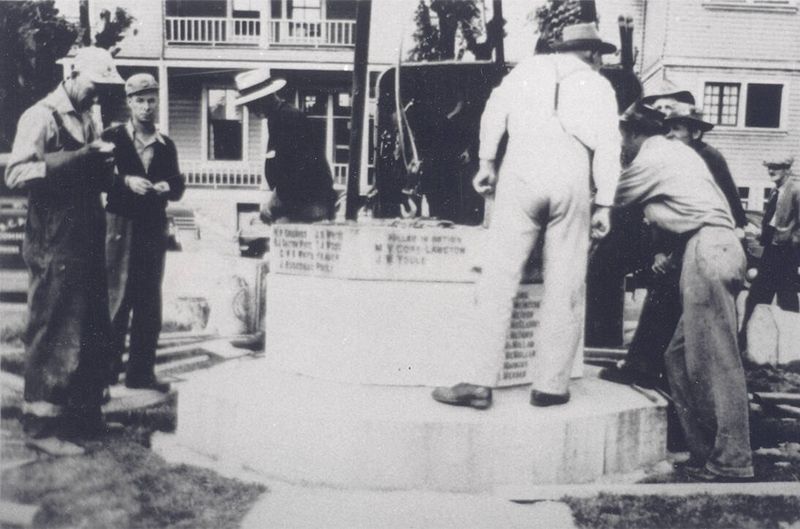
The first Armistice Day celebrations following World War I created a haunting new holiday tradition – families placing lit candles in windows to honor fallen soldiers. Entire streets glowed with these memorial lights, creating rivers of remembrance flowing through darkened neighborhoods.
Photographs show families gathered in silent vigil beside their window displays. Many added photographs of lost loved ones or small American flags beside the candles.
In some communities, neighbors coordinated to spell out words like “PEACE” or “REMEMBER” through window arrangements visible from higher vantage points. These poignant images capture a nation processing immense collective grief through simple, powerful symbolic acts that transformed ordinary homes into sacred spaces of memory during the holidays.
